对于自动化运维,诸如备份恢复之类的,DBA经常需要将SQL语句封装到shell脚本。本文描述了在Linux环境下mysql数据库中,shell脚本下调用sql语句的几种方法,供大家参考。对于脚本输出的结果美化,需要进一步完善和调整。以下为具体的示例及其方法。
1、将SQL语句直接嵌入到shell脚本文件中
–演示环境
[root@SZDB ~]# more /etc/issue
CentOS release 5.9 (Final)
Kernel \r on an \m
root@localhost[(none)]> show variables like ‘version’;
+—————+————+
| Variable_name | Value |
+—————+————+
| version | 5.6.12-log |
+—————+————+
[root@SZDB ~]# more shell_call_sql1.sh
#!/bin/bash
# Define log
TIMESTAMP=`date +%Y%m%d%H%M%S`
LOG=call_sql_${TIMESTAMP}.log
echo “Start execute sql statement at `date`.” >>${LOG}
# execute sql stat
mysql -uroot -p123456 -e ”
tee /tmp/temp.log
drop database if exists tempdb;
create database tempdb;
use tempdb
create table if not exists tb_tmp(id smallint,val varchar(20));
insert into tb_tmp values (1,’jack’),(2,’robin’),(3,’mark’);
select * from tb_tmp;
notee
quit”
echo -e “\n”>>${LOG}
echo “below is output result.”>>${LOG}
cat /tmp/temp.log>>${LOG}
echo “script executed successful.”>>${LOG}
exit;
[root@SZDB ~]# ./shell_call_sql1.sh
Logging to file ‘/tmp/temp.log’
+——+——-+
| id | val |
+——+——-+
| 1 | jack |
| 2 | robin |
| 3 | mark |
+——+——-+
Outfile disabled.
2、命令行调用单独的SQL文件
[root@SZDB ~]# more temp.sql
tee /tmp/temp.log
drop database if exists tempdb;
create database tempdb;
use tempdb
create table if not exists tb_tmp(id smallint,val varchar(20));
insert into tb_tmp values (1,’jack’),(2,’robin’),(3,’mark’);
select * from tb_tmp;
notee
[root@SZDB ~]# mysql -uroot -p123456 -e “source /root/temp.sql”
Logging to file ‘/tmp/temp.log’
+——+——-+
| id | val |
+——+——-+
| 1 | jack |
| 2 | robin |
| 3 | mark |
+——+——-+
Outfile disabled.
3、使用管道符调用SQL文件
[root@SZDB ~]# mysql -uroot -p123456 </root/temp.sql
Logging to file ‘/tmp/temp.log’
id val
1 jack
2 robin
3 mark
Outfile disabled.
#使用管道符调用SQL文件以及输出日志
[root@SZDB ~]# mysql -uroot -p123456 </root/temp.sql >/tmp/temp.log
[root@SZDB ~]# more /tmp/temp.log
Logging to file ‘/tmp/temp.log’
id val
1 jack
2 robin
3 mark
Outfile disabled.
4、shell脚本中MySQL提示符下调用SQL
[root@SZDB ~]# more shell_call_sql2.sh
#!/bin/bash
mysql -uroot -p123456 <<EOF
source /root/temp.sql;
select current_date();
delete from tempdb.tb_tmp where id=3;
select * from tempdb.tb_tmp where id=2;
EOF
exit;
[root@SZDB ~]# ./shell_call_sql2.sh
Logging to file ‘/tmp/temp.log’
id val
1 jack
2 robin
3 mark
Outfile disabled.
current_date()
2014-10-14
id val
2 robin
5、shell脚本中变量输入与输出
[root@SZDB ~]# more shell_call_sql3.sh
#!/bin/bash
cmd=”select count(*) from tempdb.tb_tmp”
cnt=$(mysql -uroot -p123456 -s -e “${cmd}”)
echo “Current count is : ${cnt}”
exit
[root@SZDB ~]# ./shell_call_sql3.sh
Warning: Using a password on the command line interface can be insecure.
Current count is : 3
[root@SZDB ~]# echo “select count(*) from tempdb.tb_tmp”|mysql -uroot -p123456 -s
3
[root@SZDB ~]# more shell_call_sql4.sh
#!/bin/bash
id=1
cmd=”select count(*) from tempdb.tb_tmp where id=${id}”
cnt=$(mysql -uroot -p123456 -s -e “${cmd}”)
echo “Current count is : ${cnt}”
exit
[root@SZDB ~]# ./shell_call_sql4.sh
Current count is : 1
下面附上通过shell命令行非交互式的操作数据库的方法:
mysql -hhostname -Pport -uusername -ppassword -e 相关mysql的sql语句,不用在mysql的提示符下运行mysql,即可以在shell中操作mysql的方法。
#!/bin/bash
HOSTNAME=”192.168.111.84″ #数据库信息
PORT=”3306″
USERNAME=”root”
PASSWORD=””
DBNAME=”test_db_test” #数据库名称
TABLENAME=”test_table_test” #数据库中表的名称
#创建数据库
create_db_sql=”create database IF NOT EXISTS ${DBNAME}”
mysql -h${HOSTNAME} -P${PORT} -u${USERNAME} -p${PASSWORD} -e “${create_db_sql}”
#创建表
create_table_sql=”create table IF NOT EXISTS ${TABLENAME} ( name varchar(20), id int(11) default 0 )”
mysql -h${HOSTNAME} -P${PORT} -u${USERNAME} -p${PASSWORD} ${DBNAME} -e “${create_table_sql}”
#插入数据
insert_sql=”insert into ${TABLENAME} values(‘billchen’,2)”
mysql -h${HOSTNAME} -P${PORT} -u${USERNAME} -p${PASSWORD} ${DBNAME} -e “${insert_sql}”
#查询
select_sql=”select * from ${TABLENAME}”
mysql -h${HOSTNAME} -P${PORT} -u${USERNAME} -p${PASSWORD} ${DBNAME} -e “${select_sql}”
#更新数据
update_sql=”update ${TABLENAME} set id=3″
mysql -h${HOSTNAME} -P${PORT} -u${USERNAME} -p${PASSWORD} ${DBNAME} -e “${update_sql}”
mysql -h${HOSTNAME} -P${PORT} -u${USERNAME} -p${PASSWORD} ${DBNAME} -e “${select_sql}”
#删除数据
delete_sql=”delete from ${TABLENAME}”
mysql -h${HOSTNAME} -P${PORT} -u${USERNAME} -p${PASSWORD} ${DBNAME} -e “${delete_sql}”
mysql -h${HOSTNAME} -P${PORT} -u${USERNAME} -p${PASSWORD} ${DBNAME} -e “${select_sql}”
对于自动化运维,诸如备份恢复之类的,DBA经常需要将SQL语句封装到shell脚本。本文描述了在Linux环境下mysql数据库中,shell脚本下调用sql语句的几种方法,供大家参考。对于脚本输出的结果美化,需要进一步完善和调整。以下为具体的示例及其方法。
1、将SQL语句直接嵌入到shell脚本文件中
–演示环境
[root@SZDB ~]# more /etc/issue
CentOS release 5.9 (Final)
Kernel \r on an \m
root@localhost[(none)]> show variables like ‘version’;
+—————+————+
| Variable_name | Value |
+—————+————+
| version | 5.6.12-log |
+—————+————+
[root@SZDB ~]# more shell_call_sql1.sh
#!/bin/bash
# Define log
TIMESTAMP=`date +%Y%m%d%H%M%S`
LOG=call_sql_${TIMESTAMP}.log
echo “Start execute sql statement at `date`.” >>${LOG}
# execute sql stat
mysql -uroot -p123456 -e ”
tee /tmp/temp.log
drop database if exists tempdb;
create database tempdb;
use tempdb
create table if not exists tb_tmp(id smallint,val varchar(20));
insert into tb_tmp values (1,’jack’),(2,’robin’),(3,’mark’);
select * from tb_tmp;
notee
quit”
echo -e “\n”>>${LOG}
echo “below is output result.”>>${LOG}
cat /tmp/temp.log>>${LOG}
echo “script executed successful.”>>${LOG}
exit;
[root@SZDB ~]# ./shell_call_sql1.sh
Logging to file ‘/tmp/temp.log’
+——+——-+
| id | val |
+——+——-+
| 1 | jack |
| 2 | robin |
| 3 | mark |
+——+——-+
Outfile disabled.
2、命令行调用单独的SQL文件
[root@SZDB ~]# more temp.sql
tee /tmp/temp.log
drop database if exists tempdb;
create database tempdb;
use tempdb
create table if not exists tb_tmp(id smallint,val varchar(20));
insert into tb_tmp values (1,’jack’),(2,’robin’),(3,’mark’);
select * from tb_tmp;
notee
[root@SZDB ~]# mysql -uroot -p123456 -e “source /root/temp.sql”
Logging to file ‘/tmp/temp.log’
+——+——-+
| id | val |
+——+——-+
| 1 | jack |
| 2 | robin |
| 3 | mark |
+——+——-+
Outfile disabled.
3、使用管道符调用SQL文件
[root@SZDB ~]# mysql -uroot -p123456 </root/temp.sql
Logging to file ‘/tmp/temp.log’
id val
1 jack
2 robin
3 mark
Outfile disabled.
#使用管道符调用SQL文件以及输出日志
[root@SZDB ~]# mysql -uroot -p123456 </root/temp.sql >/tmp/temp.log
[root@SZDB ~]# more /tmp/temp.log
Logging to file ‘/tmp/temp.log’
id val
1 jack
2 robin
3 mark
Outfile disabled.
4、shell脚本中MySQL提示符下调用SQL
[root@SZDB ~]# more shell_call_sql2.sh
#!/bin/bash
mysql -uroot -p123456 <<EOF
source /root/temp.sql;
select current_date();
delete from tempdb.tb_tmp where id=3;
select * from tempdb.tb_tmp where id=2;
EOF
exit;
[root@SZDB ~]# ./shell_call_sql2.sh
Logging to file ‘/tmp/temp.log’
id val
1 jack
2 robin
3 mark
Outfile disabled.
current_date()
2014-10-14
id val
2 robin
5、shell脚本中变量输入与输出
[root@SZDB ~]# more shell_call_sql3.sh
#!/bin/bash
cmd=”select count(*) from tempdb.tb_tmp”
cnt=$(mysql -uroot -p123456 -s -e “${cmd}”)
echo “Current count is : ${cnt}”
exit
[root@SZDB ~]# ./shell_call_sql3.sh
Warning: Using a password on the command line interface can be insecure.
Current count is : 3
[root@SZDB ~]# echo “select count(*) from tempdb.tb_tmp”|mysql -uroot -p123456 -s
3
[root@SZDB ~]# more shell_call_sql4.sh
#!/bin/bash
id=1
cmd=”select count(*) from tempdb.tb_tmp where id=${id}”
cnt=$(mysql -uroot -p123456 -s -e “${cmd}”)
echo “Current count is : ${cnt}”
exit
[root@SZDB ~]# ./shell_call_sql4.sh
Current count is : 1
下面附上通过shell命令行非交互式的操作数据库的方法:
mysql -hhostname -Pport -uusername -ppassword -e 相关mysql的sql语句,不用在mysql的提示符下运行mysql,即可以在shell中操作mysql的方法。
#!/bin/bash
HOSTNAME=”192.168.111.84″ #数据库信息
PORT=”3306″
USERNAME=”root”
PASSWORD=””
DBNAME=”test_db_test” #数据库名称
TABLENAME=”test_table_test” #数据库中表的名称
#创建数据库
create_db_sql=”create database IF NOT EXISTS ${DBNAME}”
mysql -h${HOSTNAME} -P${PORT} -u${USERNAME} -p${PASSWORD} -e “${create_db_sql}”
#创建表
create_table_sql=”create table IF NOT EXISTS ${TABLENAME} ( name varchar(20), id int(11) default 0 )”
mysql -h${HOSTNAME} -P${PORT} -u${USERNAME} -p${PASSWORD} ${DBNAME} -e “${create_table_sql}”
#插入数据
insert_sql=”insert into ${TABLENAME} values(‘billchen’,2)”
mysql -h${HOSTNAME} -P${PORT} -u${USERNAME} -p${PASSWORD} ${DBNAME} -e “${insert_sql}”
#查询
select_sql=”select * from ${TABLENAME}”
mysql -h${HOSTNAME} -P${PORT} -u${USERNAME} -p${PASSWORD} ${DBNAME} -e “${select_sql}”
#更新数据
update_sql=”update ${TABLENAME} set id=3″
mysql -h${HOSTNAME} -P${PORT} -u${USERNAME} -p${PASSWORD} ${DBNAME} -e “${update_sql}”
mysql -h${HOSTNAME} -P${PORT} -u${USERNAME} -p${PASSWORD} ${DBNAME} -e “${select_sql}”
#删除数据
delete_sql=”delete from ${TABLENAME}”
mysql -h${HOSTNAME} -P${PORT} -u${USERNAME} -p${PASSWORD} ${DBNAME} -e “${delete_sql}”
mysql -h${HOSTNAME} -P${PORT} -u${USERNAME} -p${PASSWORD} ${DBNAME} -e “${select_sql}”
转载请注明:IT运维空间 » 数据库 » Shell脚本中执行sql语句操作mysql





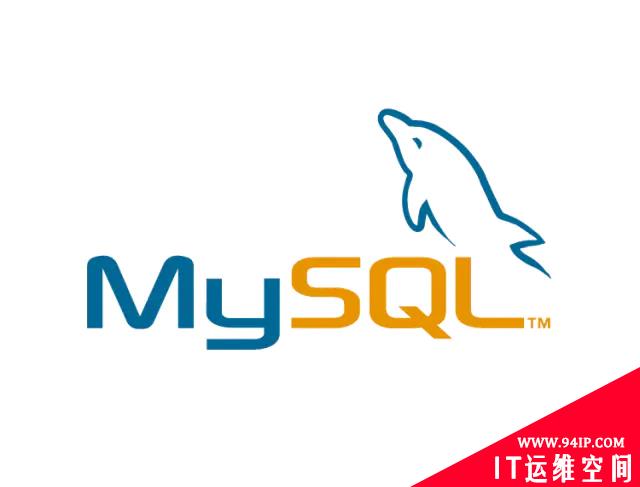
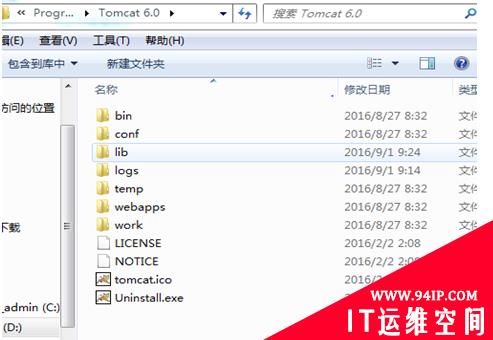


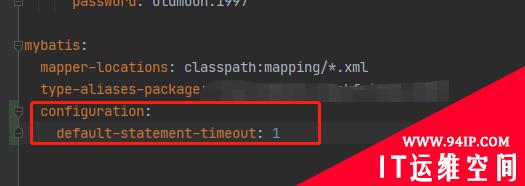
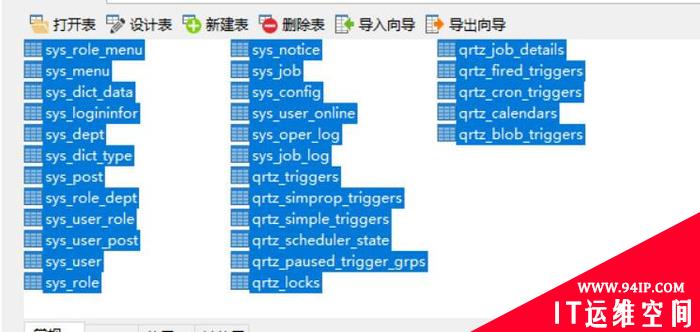

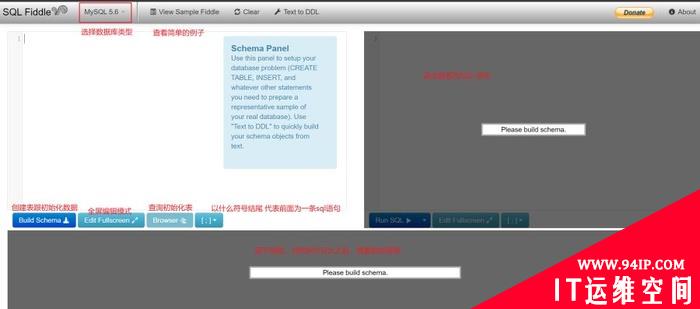



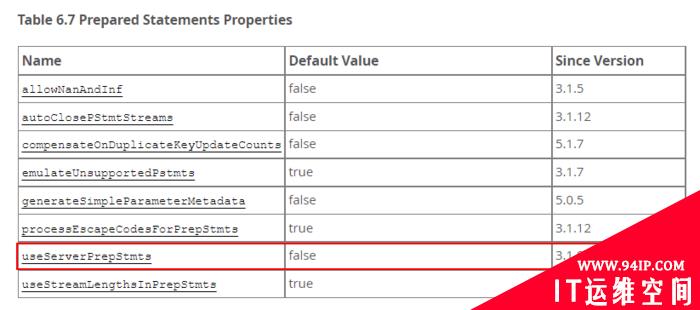



发表评论